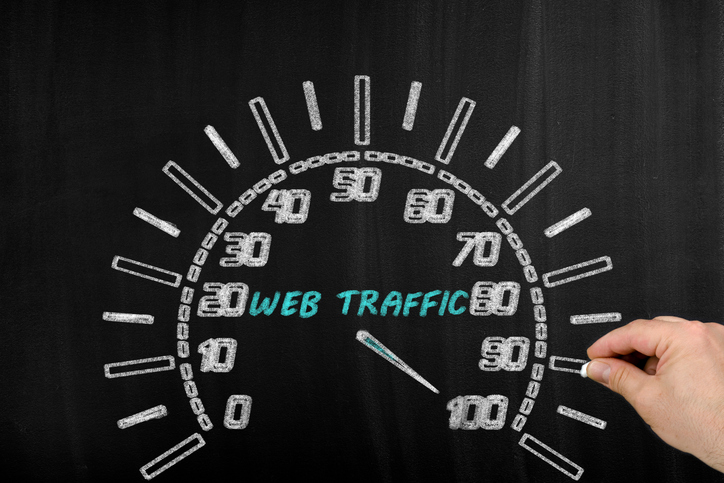
Page load time is a major factor in Web user experience, particularly on mobile devices. Web users that visit a page that won’t load, even within just a few seconds, are highly likely to leave the site. When exit rates and bounce rates rise, lead generation from online channels suffers.
In addition to more users leaving a site, slow page loading times also contribute to lower rankings in search engines on both mobile and desktop, meaning fewer people will reach a slow website in the first place.
Page load time is an essential part of the broader mission of digital marketing, regardless of whether it’s B2B or B2C. Fortunately, there are many different ways to improve page load time:
1. Avoid Landing Page Redirects
If you need to use redirects to divert traffic from deleted content, use permanent (301) redirects. If you’re making a temporary change, like a limited-time offer, use temporary (302) redirects.
2. Compress Your Images
Gzip is an algorithm that reduces image size without sacrificing quality. Enabling it can make an immediate difference. Specialized encoding can be used for HTML, CSS, and other assets, too.
 3. Raise Server Response Time
3. Raise Server Response Time
Google advises server response time should always be under 200 milliseconds. You can boost server performance with technologies like HTTP/2 and online certificate status protocol stapling. Using IPv6 helps, too.
4. Utilize Browser Caching
Cache-Control directives reduce server load by controlling whether and how long certain files should be cached before versions must be validated with the server. Many static resources can be cached long-term without issue.
5. Minify HTML, CSS, and JavaScript
“Minification” eliminates redundant data, such as comment codes and space symbols, that have no impact on user experience. Combined with compression, it significantly streamlines data presented to end users.
6. Optimize Images
Switching to vector image formats is the key here, as they are lightweight and retain quality at virtually any resolution. Where this isn’t possible, always choose the right raster format for the job at hand. Select Web-safe fonts instead of encoding text in images.
7. Accelerate CSS Delivery
Inline small CSS directly into your HTML to cut down on server requests. Avoid using the same techniques for large CSS, and don’t inline CSS attributes – that often leads to duplicate data.
8. Use “Lazy Loading”
Asynchronous loading, also known as “lazy loading,” focuses on loading elements as they reach the user’s display. Items can also load “out of order,” such as leaving heavyweight JavaScript for last.
9. Cut Out JavaScript
JavaScript provides tons of interactivity, but it’s also one of the most resource-intensive Web technologies. Whenever possible, cut out JavaScript or have coders look at aging scripts to make sure they are as efficient as possible.
10. Cut Unnecessary Files
With today’s trends toward flat, clean, minimalistic Web design, many sites are toting around resources – especially graphics – that they no longer need. Auditing your site’s templates and landing pages can reveal room for improvement.
11. Update Hosting
When all else fails, it may be time to update your hosting. Review your hosting once a year to ensure you have all the technical resources your project requires, including processing power and bandwidth.
You have more influence over page load time than you might think. Embrace these methods and you can deliver meaningful SEO improvements to help grow your business online.

 3. Raise Server Response Time
3. Raise Server Response Time